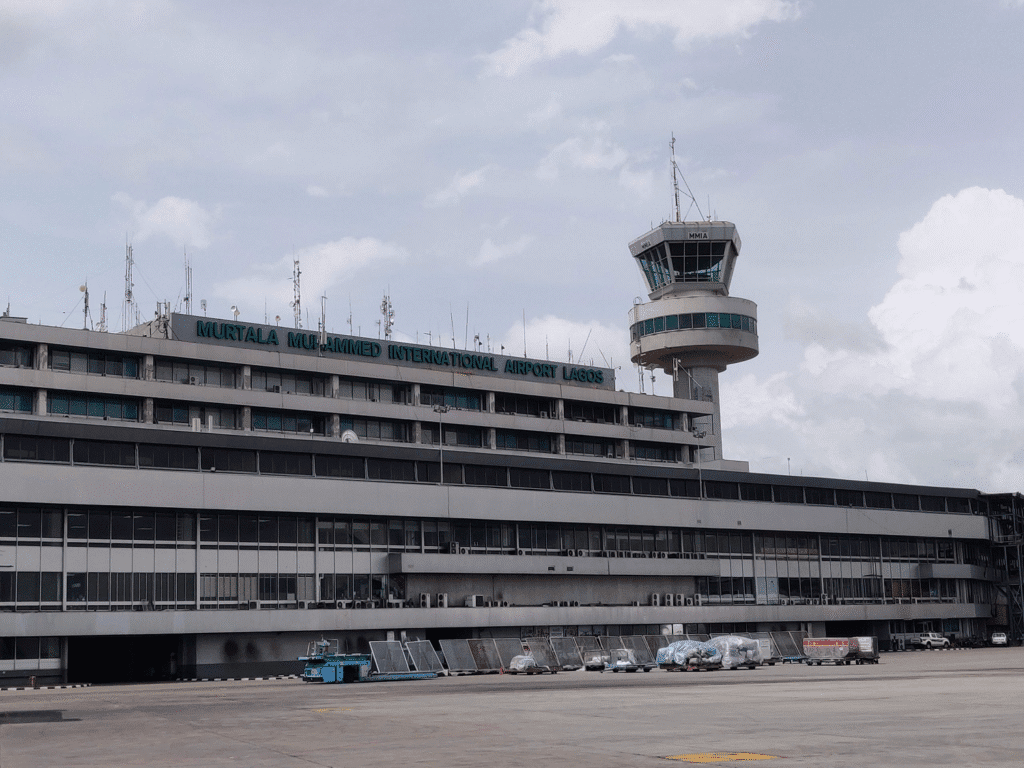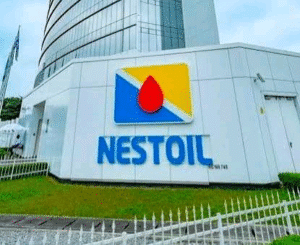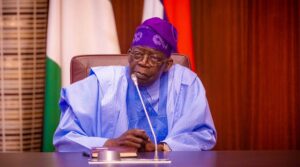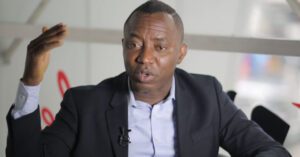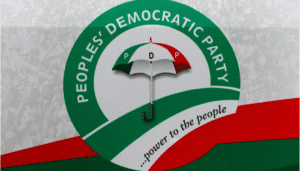The Federal Government has announced a comprehensive N712.3 billion upgrade of the Murtala Muhammed International Airport (MMIA) in Lagos, aimed at transforming Nigeria’s busiest airport into a world-class aviation hub over the next two years.
The project, approved by the Federal Executive Council (FEC) and fully funded through the Renewed Hope Infrastructure Development Fund, is expected to redefine air travel in Nigeria and the broader West African region. According to the Minister of Aviation and Aerospace Development, Festus Keyamo, and the Managing Director of the Federal Airports Authority of Nigeria (FAAN), Mrs. Olubunmi Kuku, the transformation will affect nearly all aspects of the airport’s infrastructure.
Related Posts
What the MMIA Lagos Upgrade Entails
The overhaul includes:
- Complete reconstruction of Terminal 1, originally commissioned in 1979.
- Redesign and expansion of Terminal 2, to accommodate more wide-body aircraft.
- A new apron, aircraft parking facilities, and relocated hangars.
- Development of new ring roads, car parks, and a modern road network to ease congestion.
- Construction of a skywalk linking the car park to Terminal 2, and a connector bridge between Terminals 1 and 2.
- A temporary departure hall will be created to maintain seamless passenger operations during construction.
Mrs. Kuku noted that this future-focused initiative will bring Nigeria’s aviation standards in line with global expectations. “We are not just rebuilding a terminal, we are redefining Nigeria’s aviation experience,” she said. “The new Terminal 1 will offer faster check-in, smarter security, better lounges, and enhanced retail services.”
Tinubu Administration Pushes for Excellence in Aviation
Minister Keyamo stressed that the project is not reliant on any foreign loan. “This is a direct gain from subsidy removal. The entire fund comes from the Renewed Hope Infrastructure Development Fund,” he stated. He added that Terminal 1 had long outgrown its capacity, as current passenger volume far exceeds the terminal’s original design.
Comparing the MMIA project with global standards, the Senior Special Assistant to the President on Media and Publicity, Tope Ajayi, cited New York’s JFK Airport renovation costing $19 billion. He defended the Nigerian project’s cost, urging critics to benchmark it against global airport developments.
Keyamo confirmed that Bureau of Public Procurement (BPP) thoroughly scrutinized the bill of quantities before the FEC gave final approval. “This is not a patchwork. It’s a complete strip-down and rebuild, meant to meet international aviation standards,” he emphasized.
He also revealed plans for advanced equipment deployment, one-stop passenger screening, and possible extension of Lagos’ Red Rail Line to the airport in the future.
Despite the bold scope, the project has attracted criticism. The African Democratic Congress (ADC) questioned the timing, citing national economic challenges and underfunding in public education and healthcare. The party argued that N712 billion could be better spent on social services.
In response, Keyamo urged critics to be informed about the real costs of modern infrastructure. “We need to stop patching and start building for the future,” he said. “The Tinubu administration is committed to creating an efficient, smart air travel ecosystem that empowers local airlines and drives regional leadership.”
FAAN boss Mrs. Kuku called on Nigerians for patience and understanding during the implementation phase. “This project will inconvenience us temporarily, but it is designed to give Nigerians and visitors a seamless, modern travel experience. It is a long-term investment in national pride,” she concluded.
Once completed, the new MMIA will handle a larger volume of passengers, support bigger aircraft, and position Nigeria as a leading aviation gateway in West Africa.
Stay tuned to 9am News Nigeria for more Breaking News, Business News, Sports updates And Entertainment Gists.

